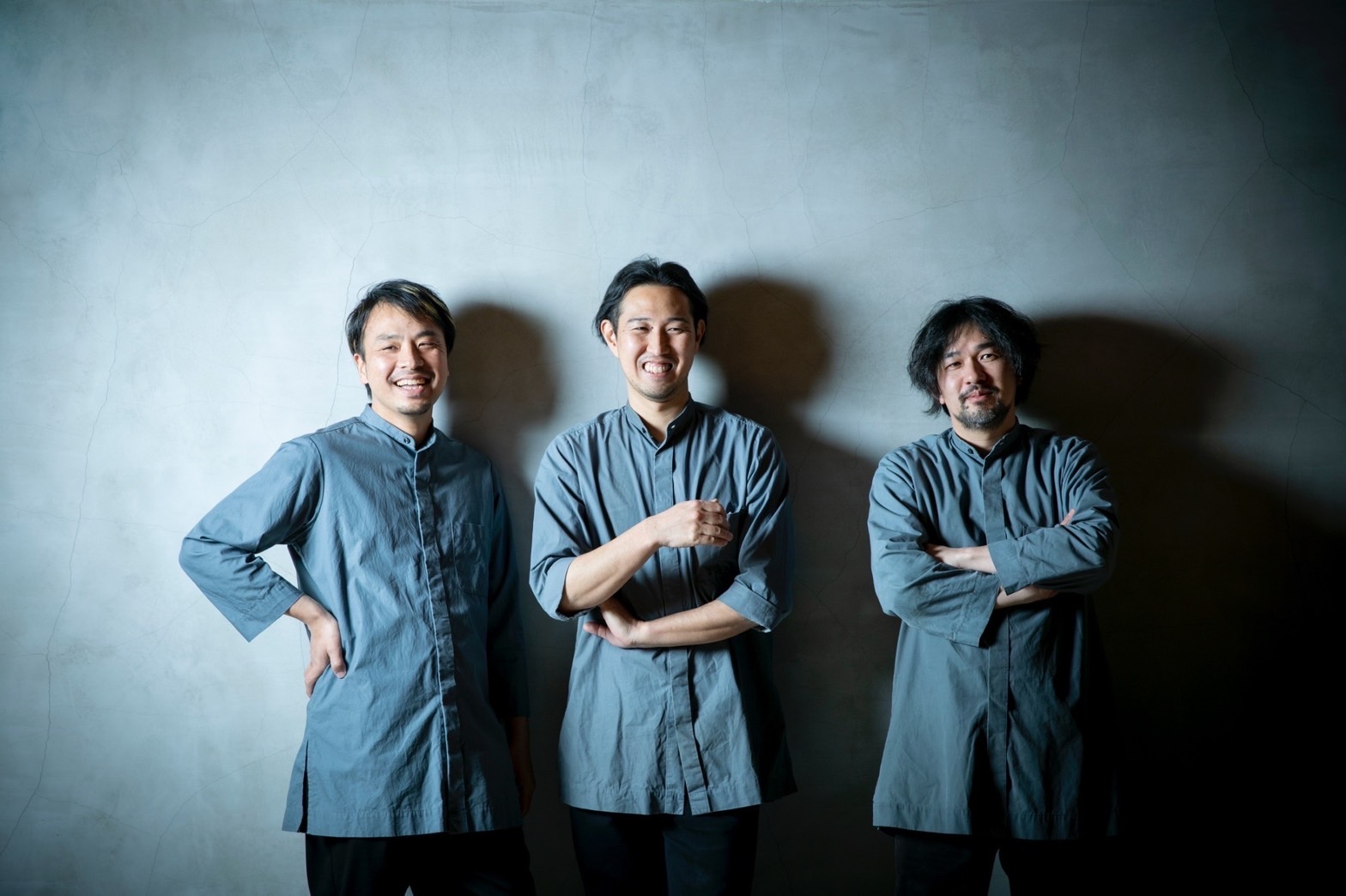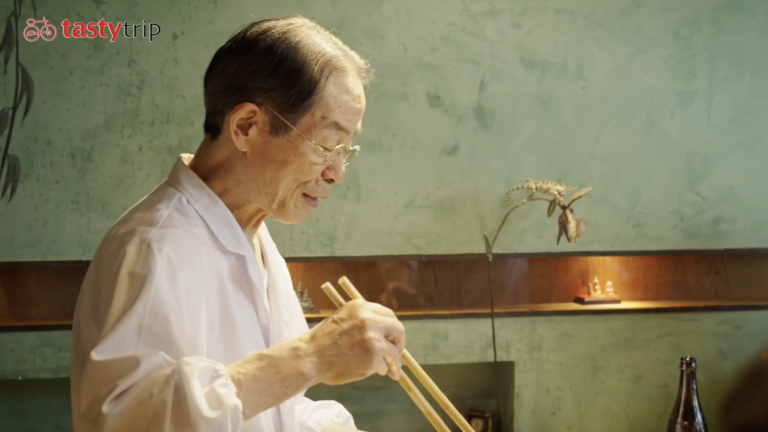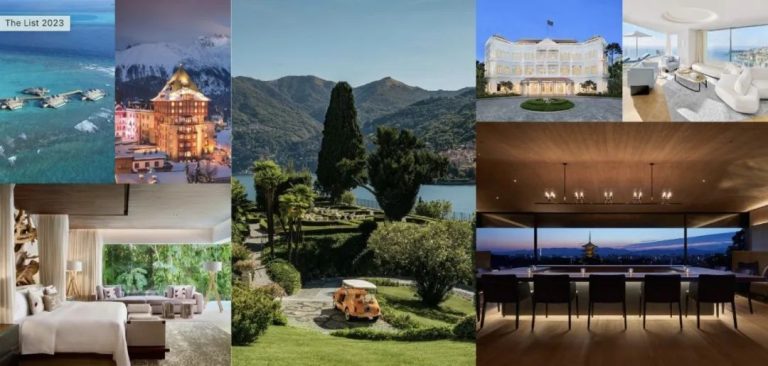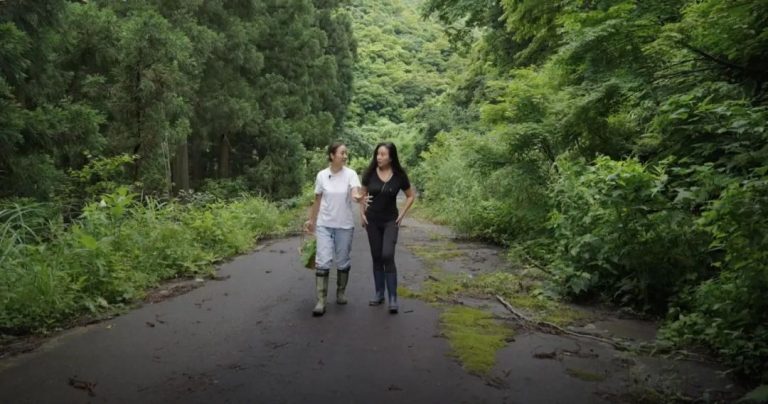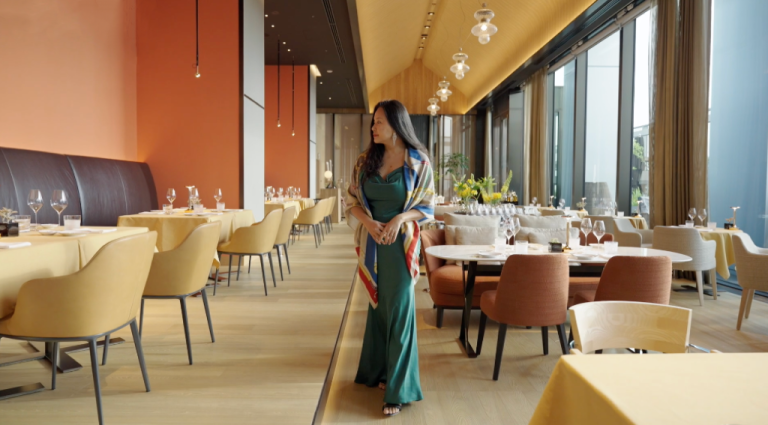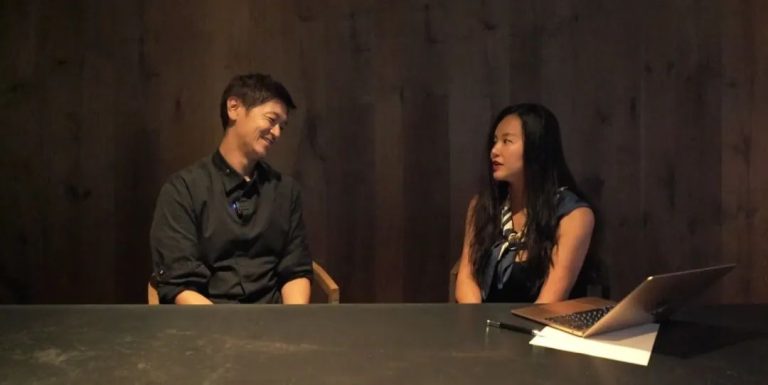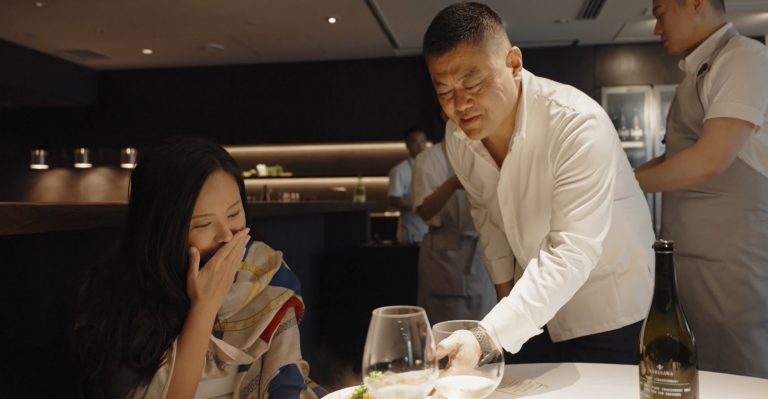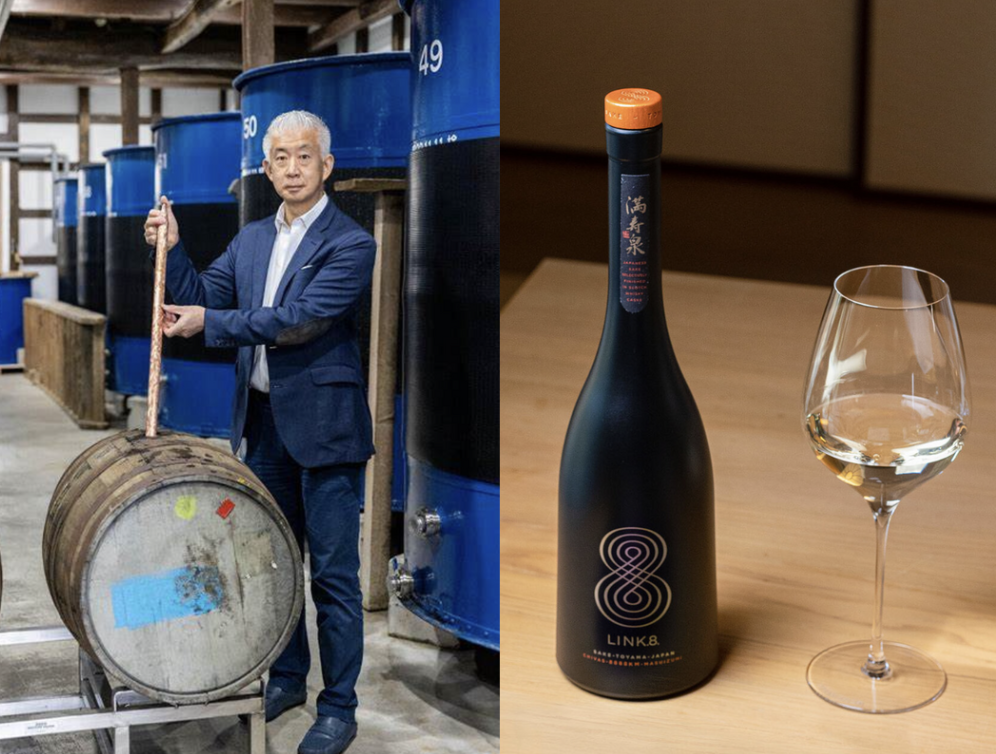
Masuda Ryuichiro & Iwase: Hub of Culinary & Artistic Excellence
Masuda Ryuichiro, the fifth-generation owner of Masuda Brewery (Masuizumi), stands tall with white hair and a youthful face that exudes a rebellious charm, embodying the essence of a unique and intriguing soul. On the day of our interview, we searched…

